Desert Willow Tree In Winter – How It Looks Like?
Desert willow dislike winter and shed their leaves for a bare appearance
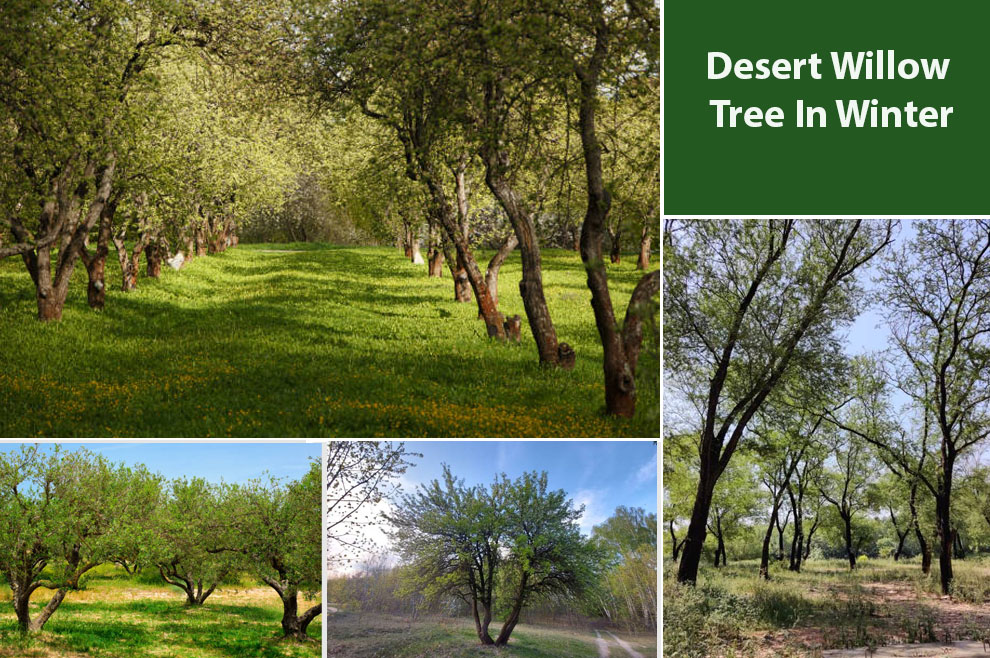
Botanically called the Chilopsis linearis, Desert Willow is native to Northern Mexico and Southwest America, and the trees are available in multiple varieties. It is a pretty uncommon shrub. So, you will not spot it in every landscape, but this beautiful shrub can elevate the feel of any landscape by creating interest with its spectacular size, form, and color.
However, once you study a little about Desert Willow, you will know it does not belong to the Willow family. What happens to the desert willow tree in winter? Sadly, the tree does not like cold weather a lot and shed its leaves for a bare look.
Desert Willow Overview
| Scientific Name | Chilopsis linearis |
| Hardiness Zone | 7B through 11 |
| Size | 12-18 ft. tall -12-18 ft. wide |
| Sun | Full Sun |
| Soil | Dry to medium moisture with 6.6-8.5 pH |
| Temperature | Cold hardy to at least zero degrees Fahrenheit (zone 7), but it can survive in colder climates as a freeze-and-regrow shrub. |
| Water | Desert Willow has its growing season from Spring to late Fall. During the dormant season, restrict watering to once a week. But, generally, 10 gallons of water for every inch of the tree’s diameter suffices. |
| When to Fertilize | Not recommended |
It adds fragrance to the backyard and works as an excellent shade plant. Desert Willow has trumpet-shaped, colorful flowers and bright green leaves that attract hummingbirds, bees, and butterflies. Given its slender, long leaves, you may often equate it with a typical willow.
Hence, it has a narrow habitable range and grows in USDA hardiness zones 7B through 11. Desert Willow sheds all its leaves for about six months when the temperature drops. However, in the summer, not many can compete with its beauty.
It has alluring flowers, ranging from purple to white, but a lavender or a pale pink color is pretty prevalent. If you wish to have a beautiful shrub in your backyard or landscape with great color, you can give the desert willow a try.
What Changes for Desert Willow In Winter?
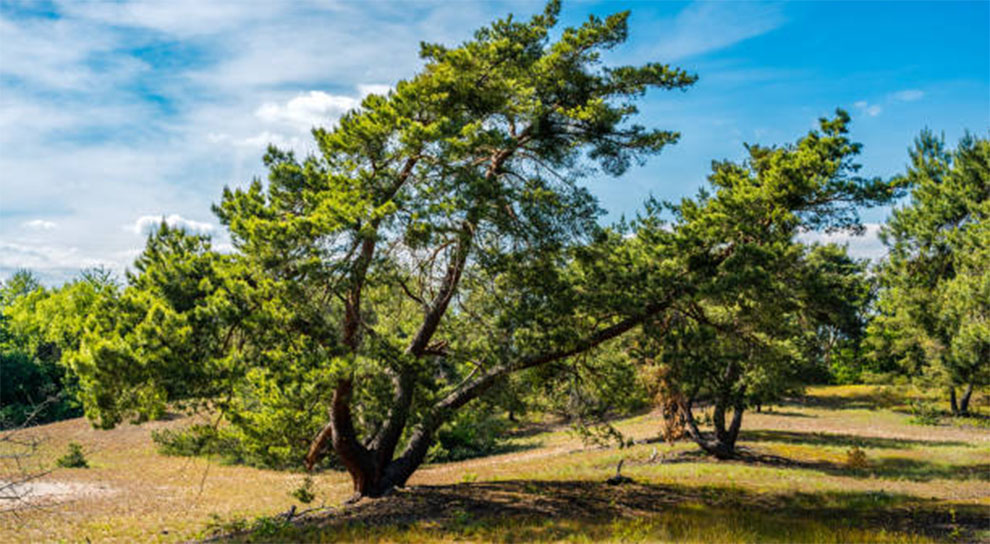
Belonging to the begonia family, Desert Willow is a deciduous, low-growing tree native to the Southwestern part of the US and Mexico. Being a deciduous plant, it sheds its leaves as soon as the fall commences.
Desert willow in winter looks completely bare. The desert willow’s leafless appearance might make it seem dead to many, but the plant grows back as soon as spring comes.
Further, during the cold weather, the plant’s bare branches yield pencil-sized and papery thin fruits or pods, which attract and feed wildlife, especially songbirds. Hence, it makes sense to include a desert willow in your yard if you desire a winter show.
Desert willow is a fast-growing deciduous plant that grows up to 18 feet in height and has an almost similar spread to upright and weeping varieties. You can select the flower you desire, ranging from pink, white, deep purple, and lavender. Its blooms look like trumpets and are a delight for the bees, hummingbirds, and butterflies.
Do Desert Willow Trees In Winter Demand Special Care?
Beyond finding a perfect spot for this rapidly growing shrub and managing its pruning, it is a low-maintenance, forgiving plant demanding minimum care, regardless of the season. Many refer to it as the immortal plant.
Even if you cut down the entire Desert willow, it would still grow new sprouts and become a vibrant shrub in only a few weeks. You can prune it to maintain its form as you like. When planting desert willow in your yard or garden, look for a warmer, drier spot that receives better light than the rest.
Further, since it drains fast, it should receive a good amount of water. A top area of the rain garden works the best.
Light

In their native environment, desert willow gets plenty of sun. Hence, it thrives best in areas with full sun. So, if you seek excellent bloom production, you must ensure that the plant receives at least six hours of direct sunlight daily.
In shaded conditions, the plant experiences stunted growth. During winter, you may be unable to meet the plant’s lighting requirements, but that’s not a problem because, in the colder months, the plant is in dormancy.
Watering
Water the desert willow once every month in summer and spring. But watering requirements for desert willow in winter are low. So, you can water it once every six weeks, which suffices the plant’s needs. The desert willow does not appreciate long-standing water collected around the roots because its water requirements are minimal.
Pruning
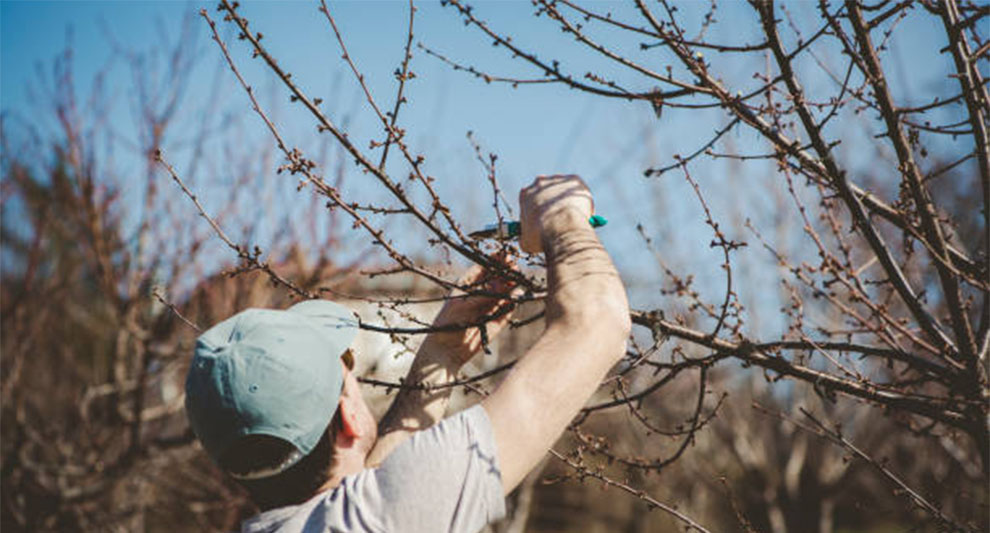
Now and then, it helps to trim down the desert willow’s canopy to let the branches breathe. It gives ample space for the flowers to bloom freely and simultaneously triggers new growth. Using pruners, you can neatly snip the twigs and branches that depict signs of weakness and decade.
If you do not trim it routinely, Desert willow can spread like wildfire, which might also impair its health. So, while you prune, chop off the jutting limbs at the tree’s bottom, leaving only a few around that area to allow stem growth. In the winter desert willow are susceptible to diseases. So, routinely keep a check.
Soil
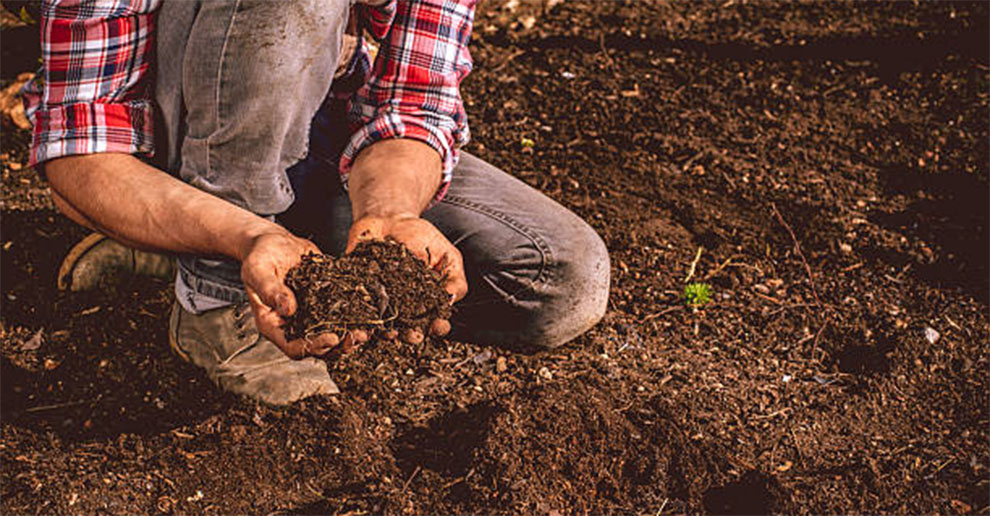
Regardless of the season, Desert willow demands a well-draining soil with dry to medium moisture and a higher pH. So, before planting it, a soil assessment can help. However, when the desert willow establishes itself, it is somewhat more adaptable and can withstand an array of soil conditions, especially in terms of soil moisture.
Fertilizer
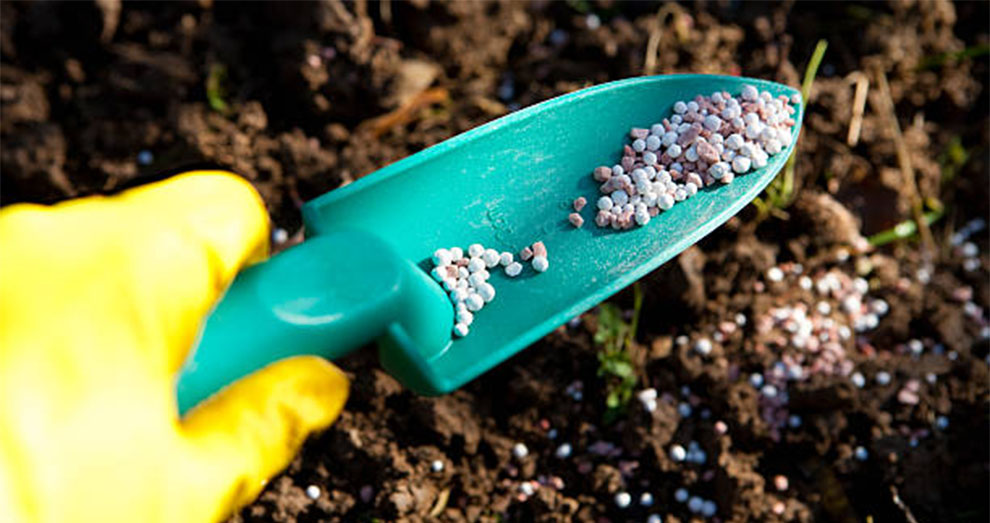
Desert willows in winter and summer are not a fan of fertilizer. You may think feeding the plant fertilizer can help with bloom production, but it will only accelerate the vigor and amplify limb growth. Hence, it is not recommended to fertilize the plant. Feeding might also result in brittle, softwood, susceptible to breakage on exposure to strong winds.
Is It True That Desert Willow Loses Leaves In Winter?
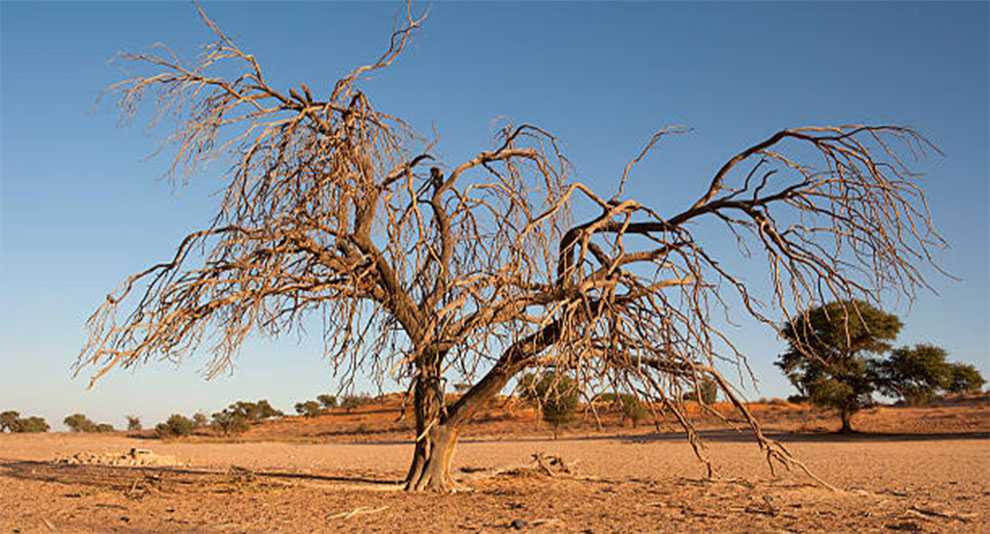
After the first frost in winter, the desert willow loses its leaves. So, you will see a dead-like bare plant in the winter. However, the dropping leaves coincide with the natural winter frost. Unsurprisingly, even the desert willows planted in frost-free regions or greenhouses, too, shed their leaves in winter.
Do Desert Willows Go Dormant In Winter?
Desert willow tree in winter enter dormancy, wherein it sheds all their leaves as also mentioned above.
Can Desert Willow Survive A Freeze?
Desert willows are hardy to about zero degrees Fahrenheit or USDA hardiness zone 7. However, it can thrive in cooler temperatures and freeze and later continue to grow.
Summing up
So, this is all about Desert Willows in winter. The one thing that majorly changes about the plant is its looks – it turns bare in winter.
